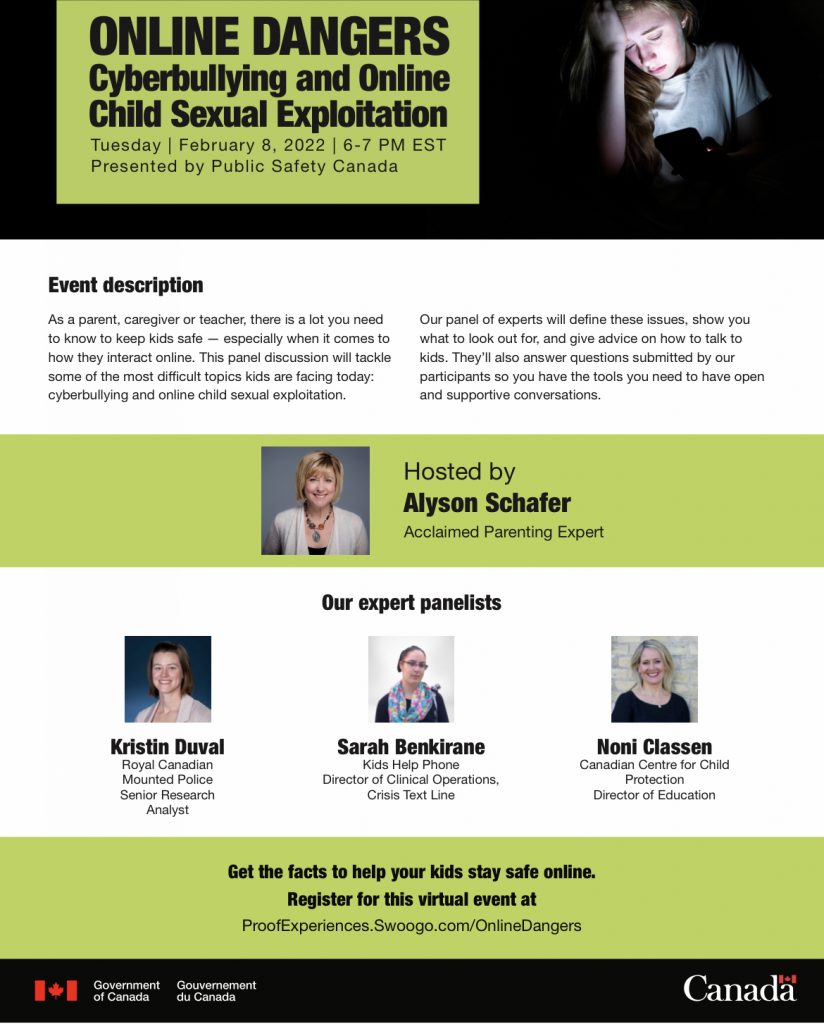
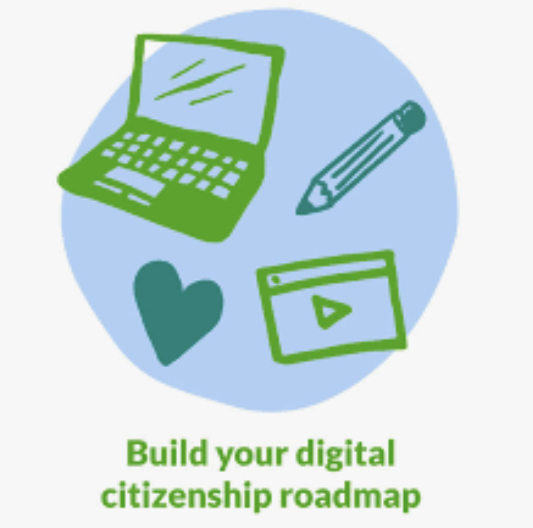

ATTENTION FAMILIES – FREE SOCIAL MEDIA AND DIGITAL CITIZENSHIP SESSION: February 3rd at 6:30pm PT for 60 minutes.
Student Session on Social Media Awareness:
“Establishing Safe, Caring and Respectful Digital Communities” for students Gr 8-12 (Also, open to Grade 6/7 Students).
Typically these sessions are during school hours and are meant for students to watch in their classrooms with their teachers. However, this session is during the evening but still intended for students.
This is not a parent/guardian/caregiver session, but it is an opportunity for parents to learn alongside their high school / middle school students.
Link to register: https://event-wizard.com/SocialMediaAwarenessStudentFeb32022pm/0/register/
The Zoom link will be sent out 2 days prior to the session for everyone who is registered.
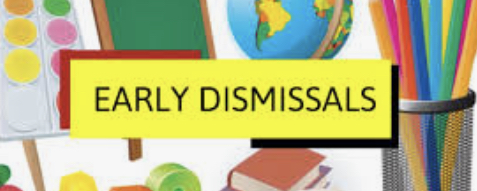
Please note that there will be early dismissals on Wednesday, Feb 2nd and Thursday, Feb 3rd. French classes will be dismissed at 1:45pm and English classes at 2:00pm. Teachers will be using this time to contact parents regarding their child’s progress.
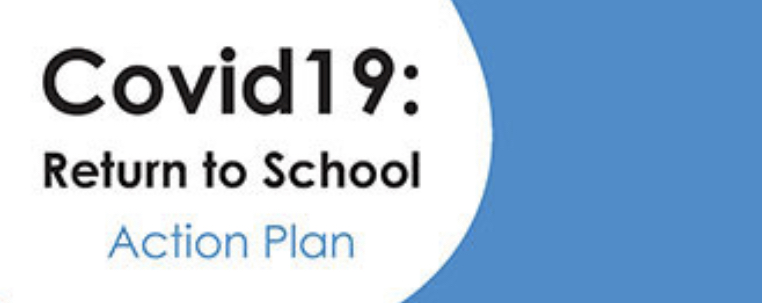
Student Absence & Functional Closure Information
A functional closure will occur when we do not have sufficient staffing levels to adequately supervise or instruct children within a school. This situation could arise due to staff illness as COVID cases increase in the community. If this happens, students will begin learning remotely from home with materials and support provided by myself or a substitute if I happen to be away.
As much notice as possible will be given in the event of a functional closure before making the shift to remote learning. We recognize that any closure is stressful for the school community and that sudden changes in routine will cause disruption and inconvenience for many families but we hope that such situations will be infrequent. With everyone taking additional safety precautions the hope is to avoid functional closures but need to be prepared just in case we do experience staffing shortages.
Please continue to follow all the preventative measures, self-monitor for symptoms, and keep your child home if they are sick or displaying any symptoms of COVID-19.
If your child is away sick or there is a shift to remote learning please have your child check Microsoft Teams and our classroom blog for any missed work and important deadlines.
If you are choosing to keep your child home as a precaution you should access additional learning materials on the Continuing Learning website:
If you have any questions regarding this information please do not hesitate to contact me. Thank you again for your continued support. We will get through this new wave together as we have with previous waves.
Ms. Smith
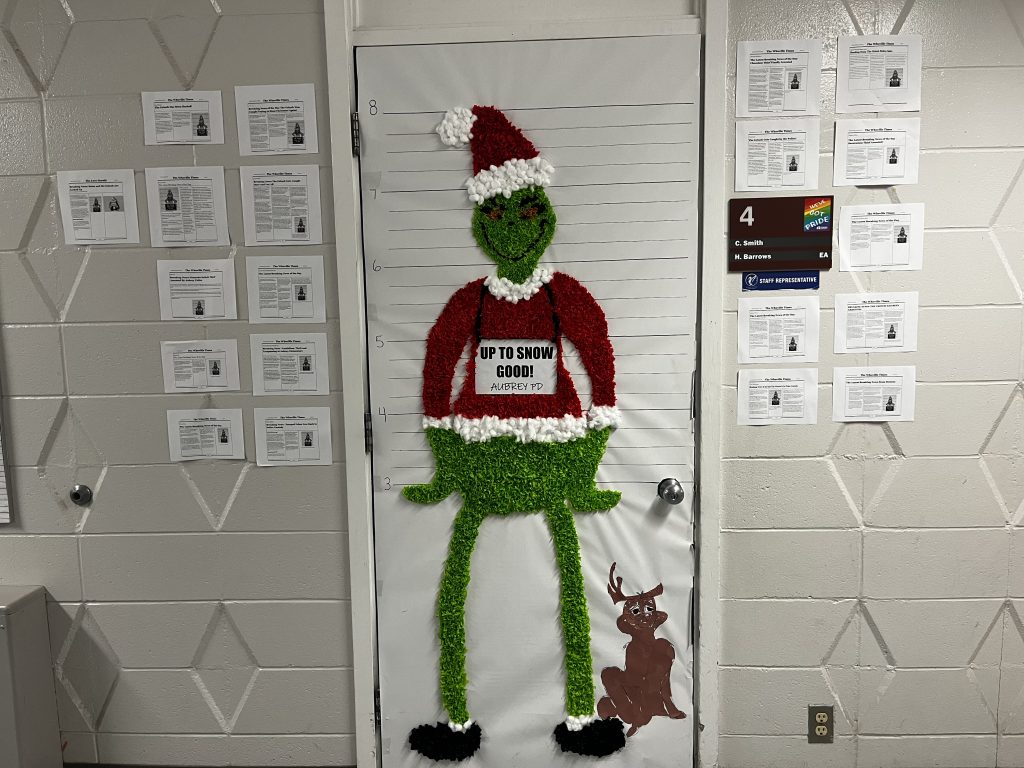
The Grinch was “Up to Snow Good” and arrested by Aubrey PD this week. Check your child’s Blogfolio for their Breaking News reports.
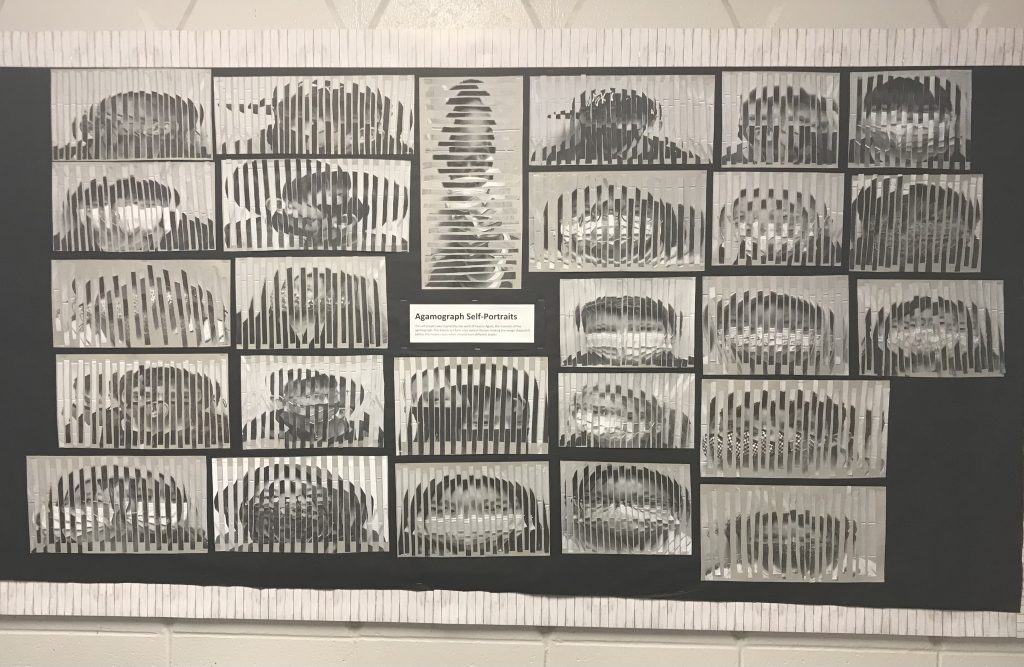
This art project was inspired by the work of Yaacov Agam, the inventor of the agamograph. This kinetic art form uses optical illusion, making the image shapeshift before the viewers eyes when viewed from different angles.
Today we went on a virtual field trip to the Bank of Canada we learned about money, trade, different forms of money, bartering and much more. Here is everything we learned today with the Bank of Canada.

Why do we use money?
1. As a Tool for Trade
2. To Set value (to know how much things cost)
3. To Save (Save up for needs/wants/emergencies)
What makes good money? Good moneys is…
- Durable
- Portable
- Divisible
- Rare but not too rare
- Difficult to counterfeit
What is Dentalium?
- Sea shells used 200,000 years ago to trade
- Found on the coastline of the Pacific Ocean
- To retrieve you must dive for it
- Also used for decorations or jewelry
Which Canadian coin has a beaver?
Answer: The 5 cent coin
What are our bank notes made of?
- Bank notes used to be made out of paper but now they are made of polymer
- Polymer is hard to counterfeit because it’s made in a lab
- Polymer bills are recyclable when bills are taken out of circulation
Who is on the 10$ bill?
Viola Desmond
- First women to appear on a bill in Canada other than the Queen
- First person of color to appear on a Canadian bill
- Viola Desmond is a Canadian human rights/social justice activist
- She is also a Business woman/Entrepreneur and opened a beauty school in the 40’s
Why do coins have different images/shapes/colors?
To easily differentiate them.
Money/Trade
- Money takes different shapes/ forms
- Money is a tool that we use to trade
What is Bartering?
Barter – Trading objects without getting something new. It is obtaining a need or want by exchanging with someone else.
The cons of trying to Barter
- could be counterfeit
- sometimes its not a fair trade
- determining value/fairness can be hard
- money helps us determine value when trading
- finding someone to trade with can be difficult
Products vs Services
Products – grow it, build it or make it
Services – action someone does for us
Blogpost Written By: A.W
Today in class as part of our Mind Up Curriculum we learned about the different parts of our brains and how they help us control our emotions and help us learn.
In our lesson today, students learned about their brains, specifically the limbic system which controls their thoughts and emotions. The three parts of the brain they learned about today were:
Prefrontal cortex: ‘our leader’ right in the front of our brain. It is in charge of making decisions, thinking, learning and problem solving.
Amygdala: our ‘security guard’ that warns our body of danger and stress to protect us.
Hippocampus: our memory saver or our filling cabinet that stores all of our experiences and everything we learn.
They learned that in a calm and safe state, their amygdala can communicate with the ‘leader’ or prefrontal cortex to make good decisions. They also learned that when they are in a negative emotional state where they feel stressed, anxious, or fearful, the amygdala fires a fight, flight, freeze response to warn them negatively impacting the communication with the ‘leader’ or prefrontal cortex part of our brain, which is responsible for clear decision making.
We examined various ways to calm the amygdala and train the brain to respond reflectively rather than reactively in different situations. We also discussed the importance of developing an awareness of what is going on inside our brains so that we can reason and think clearly to make better decisions.
Diagram of the Brain/Facts:
Videos From Today’s Lesson:
The strategies we will continue to build in the coming weeks will help students learn self regulation strategies and help them develop the capacity to recognize and take control of their emotions and actions while being mindful and aware of themselves and others.
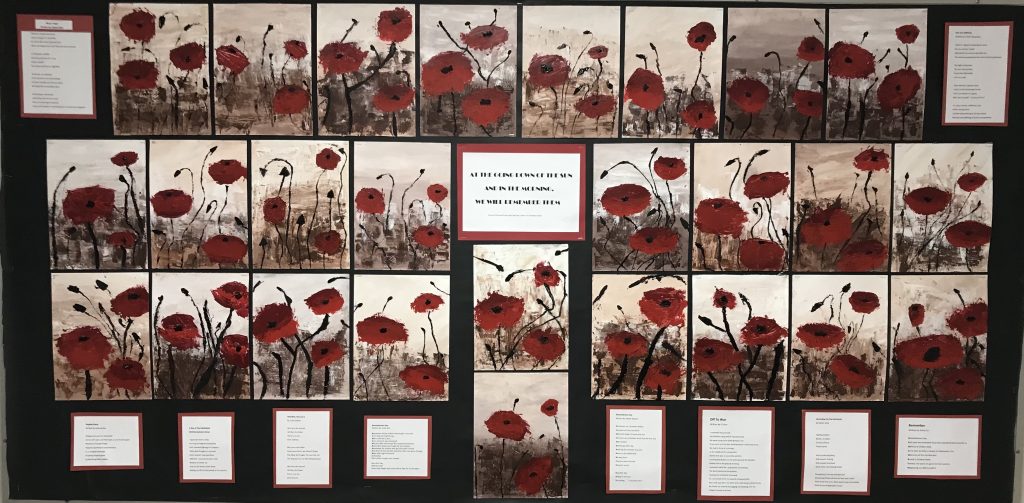
Impressionistic Acrylic Poppies Painted on Canvas Using a Palette Knife
To view the poetry please visit your child’s individual blog.
Today we had a presentation from the Youth Crisis Centre on mental health and self-care. Our presenter Nick taught us more about what mental health is. We learned that mental affects the way people think, feel and act and that taking care of our mental health is just as important as having a healthy body.
We learned that life isn’t always easy and that sometimes there are challenges along the way and that by using a variety of self-care tools we can learn ways to overcome these challenges and bounce back.
We learned that we cannot always see the emotional baggage people are carrying and discussed why it is important to be supportive and kind to others. There are many self-care tools we can use to help improve our mindset, eliminate negativity, reduce stress and anxiety, improve mental clarity, and help us cope with and overcome challenges.
We also learned that when dealing with challenges that affect our metal health we should always stop, take a breath, observe with curiosity, proceed with caution and use trial and error to help us figure out which self-care tools are most appropriate for dealing with the situation. Things won’t always be easy and to develop good mental health it will require daily effort and a variety of tools.
Lastly we learned that sometimes we don’t always have the answers and there are many organizations and people we can go to for help if we cannot solve our problems on our own.
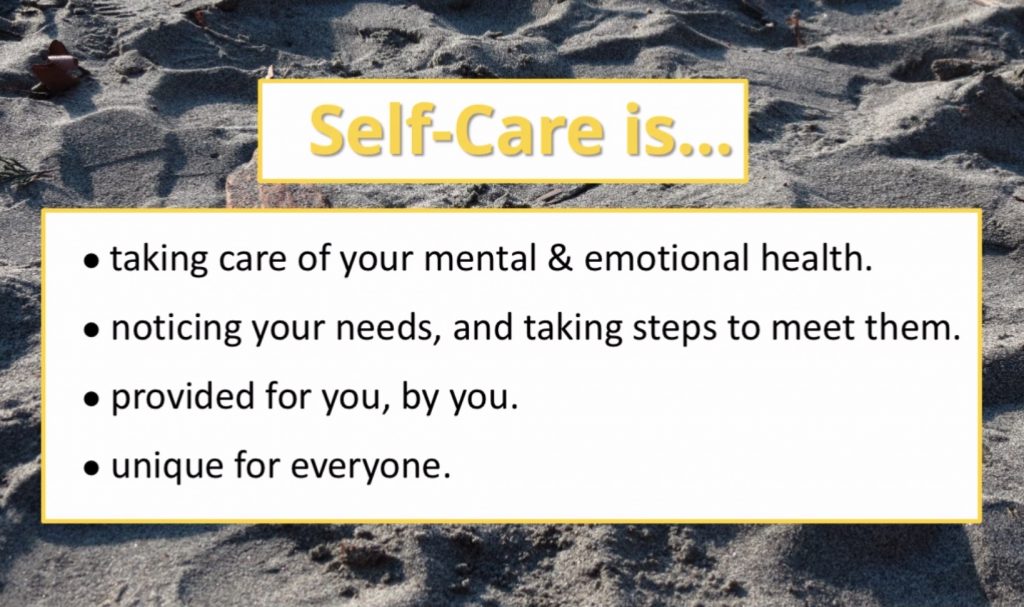
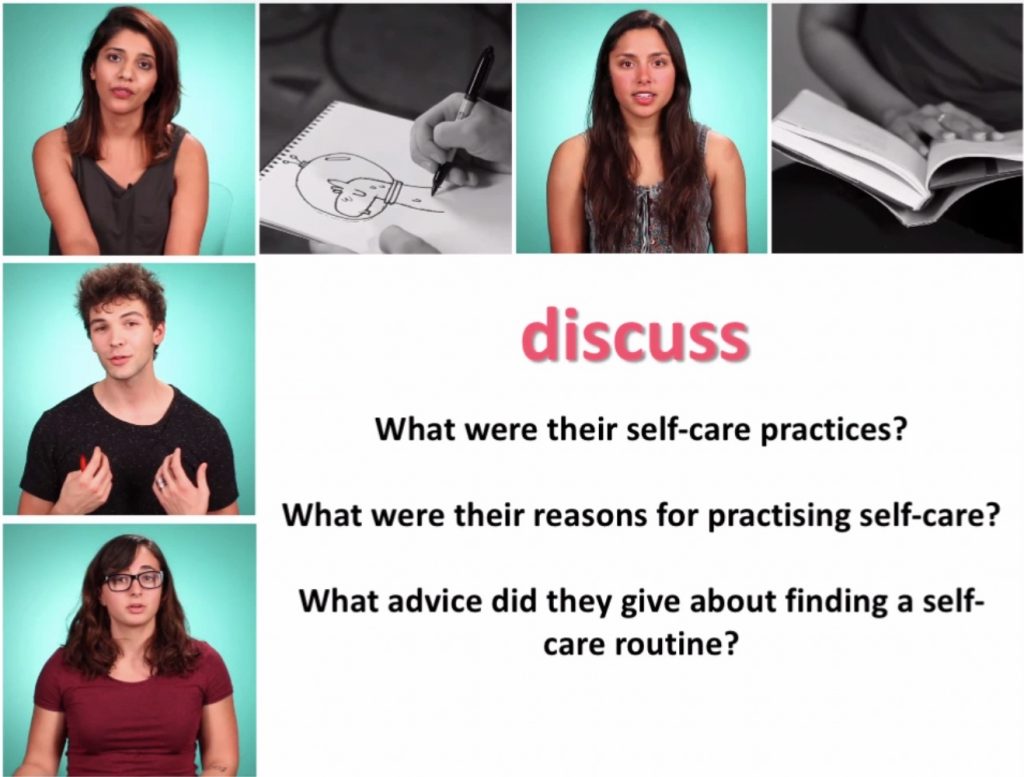

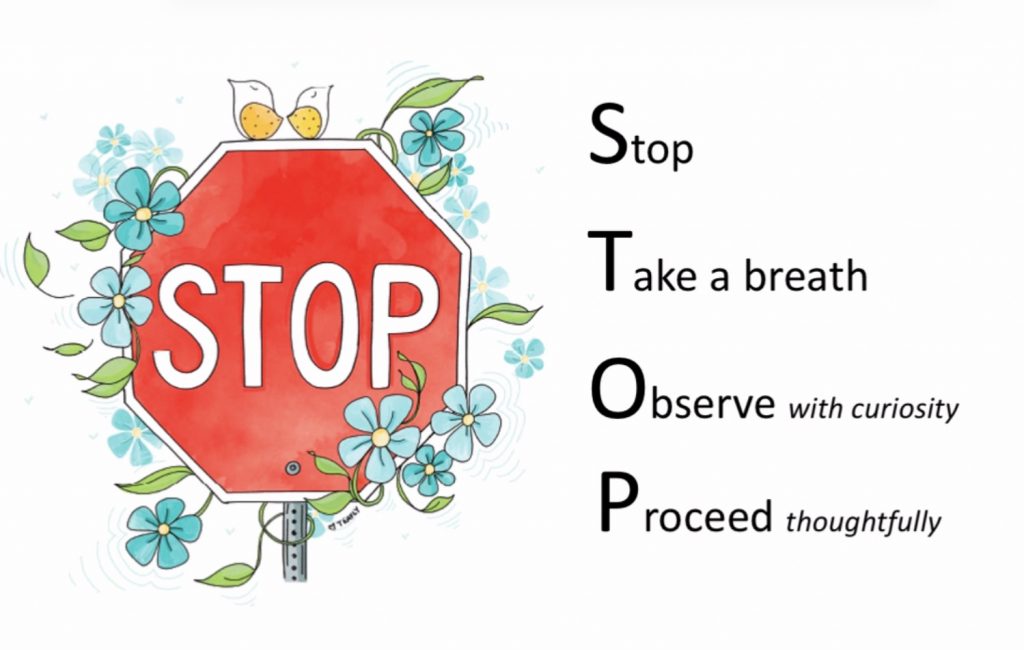 Student Feedback Survey:
Student Feedback Survey:
https://docs.google.com/forms/d/e/1FAIpQLSfAJNNgwRNpTWeBChopXpJfyn3pabHtLfyNtcz5HtaNuZKalA/viewform
Youth Mental Health Resources:
Div 3 Class Blog ©2025. All Rights Reserved.
Powered by WordPress.
Theme by Phoenix Web Solutions